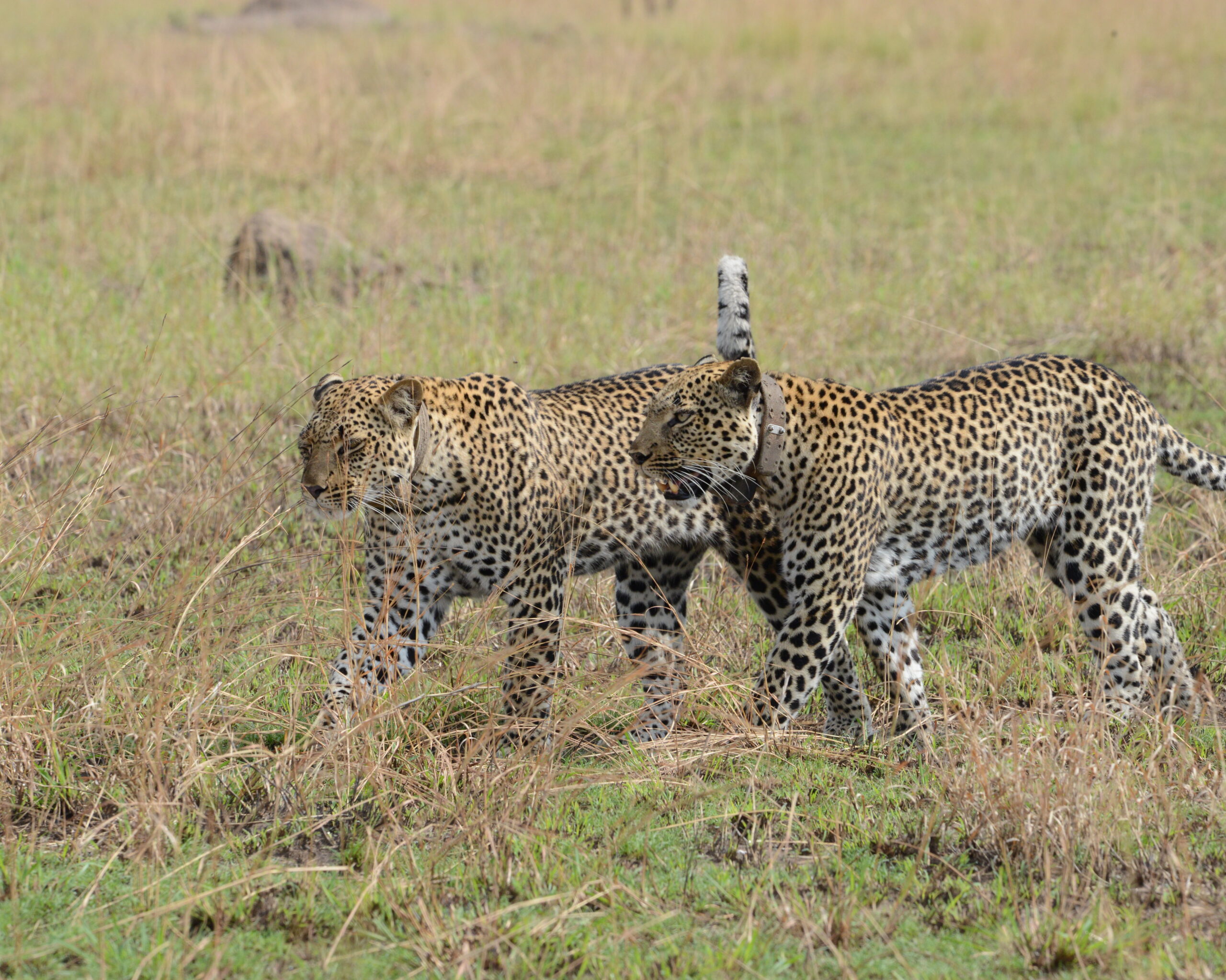
Leopards
Leopards (Panthera pardus) are magnificent and enigmatic creatures that roam the vast landscapes of Africa and parts of Asia. Known for their powerful build, keen hunting skills, and striking coat patterns, leopards have fascinated humans for centuries. This essay will delve into the various aspects of leopards, including their physical characteristics, habitat, behavior, diet, reproduction, conservation status, and their significance in human culture.
A member of the Big 5
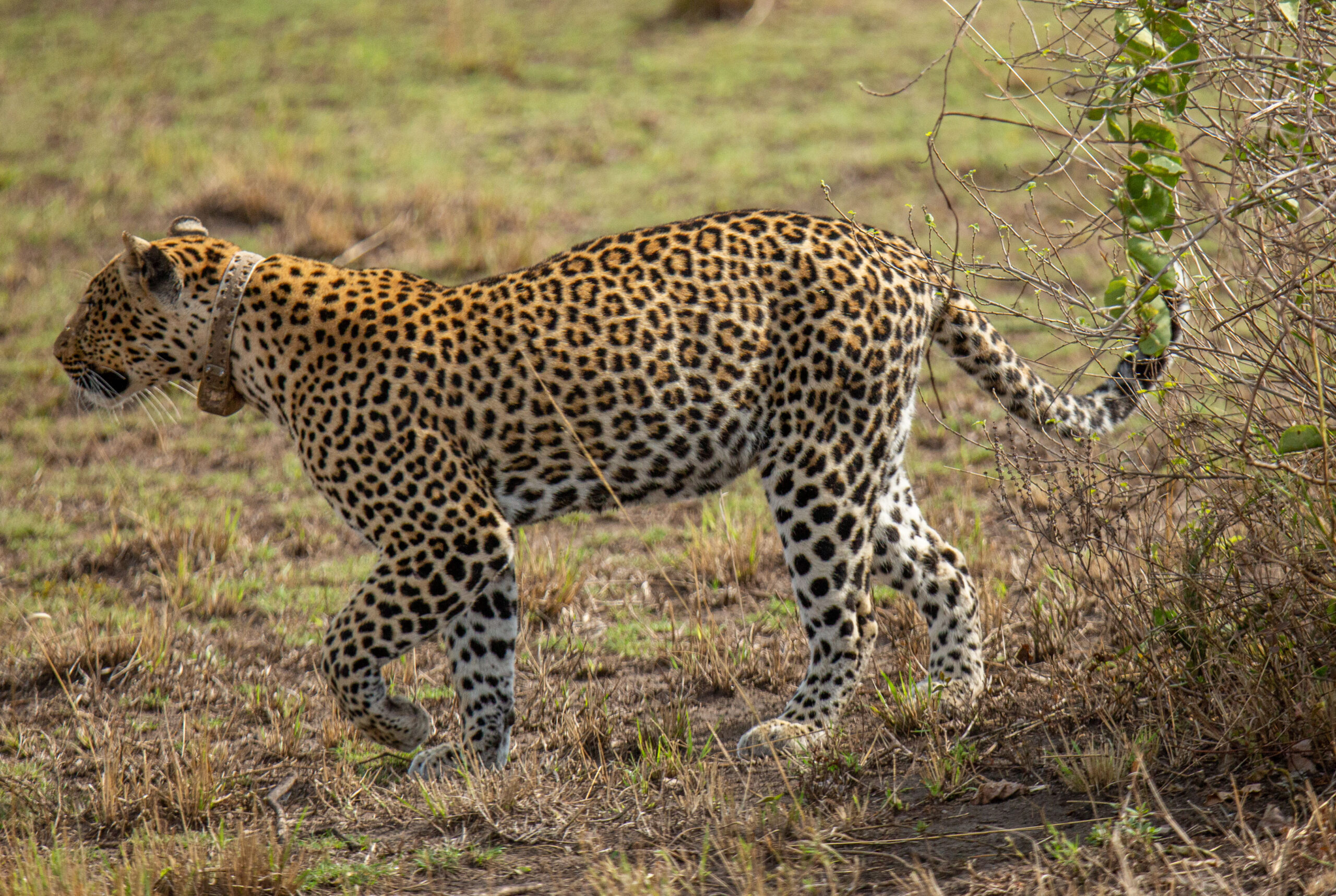
Physical Characteristics:
Leopards “Graceful Predators of the Wild”, are medium-sized big cats, characterized by their muscular build and lithe, agile bodies. They have short, powerful legs and a long, sturdy tail that helps them maintain balance during swift movements. Their heads are broad with powerful jaws, and their ears are rounded, aiding in acute hearing. One of their most distinctive features is their coat pattern, which consists of dark rosettes on a golden-yellow to tawny background, allowing them excellent camouflage in their natural habitat.
Habitat and Range:
Leopards are highly adaptable and can thrive in a diverse range of habitats, from dense forests and savannas to mountainous regions and deserts. They are found across a vast area, covering parts of sub-Saharan Africa, the Middle East, the Indian subcontinent, Southeast Asia, and the Russian Far East. Leopards are seen in National Parks like Queen Elizabeth National Park, Murchison Falls National Park, Kidepo Valley National Park, Serengeti National Park, Masai Mara National Reserve as well as many others.
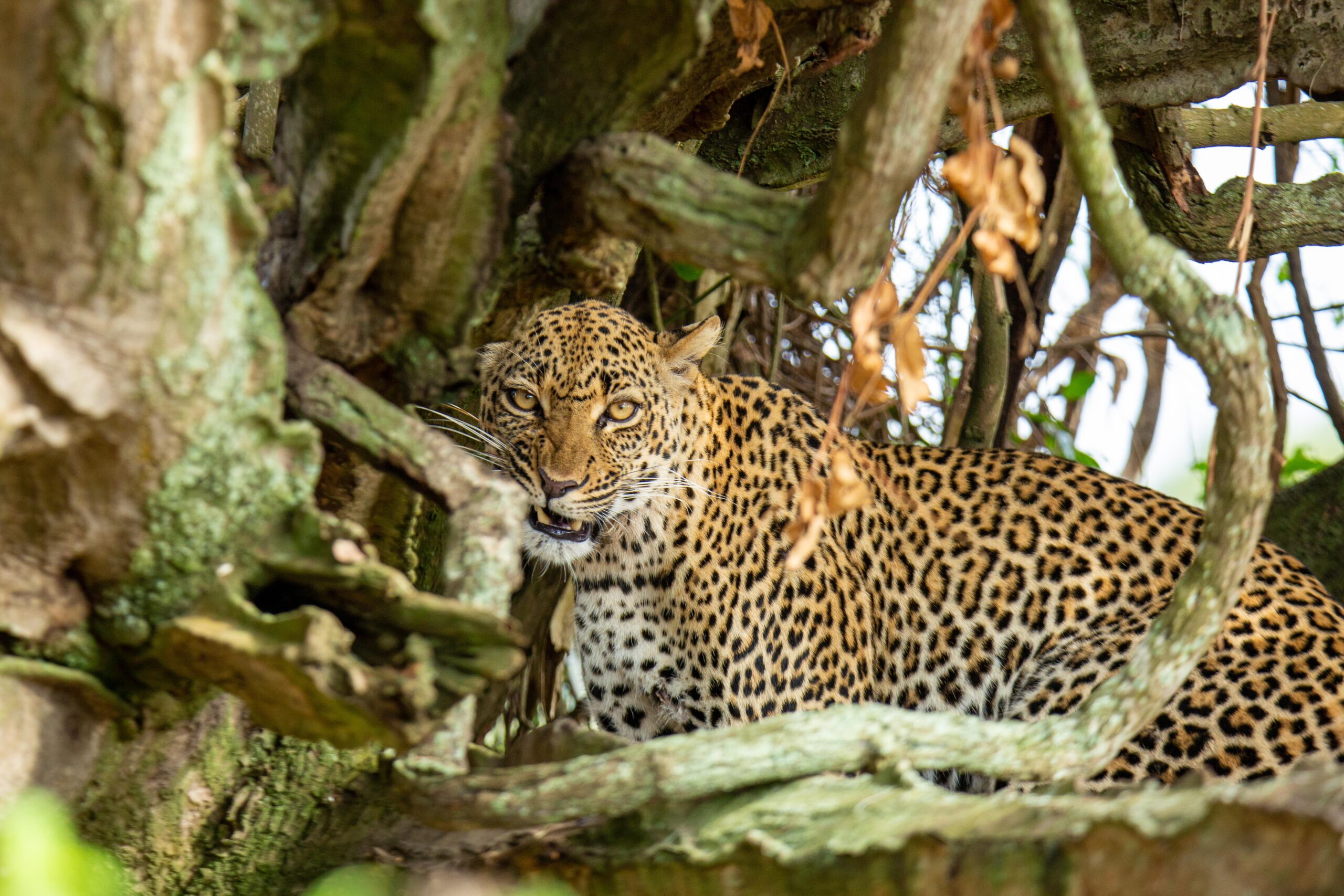
Behavior and Social Structure:
Leopards are solitary creatures and are most active during the twilight hours, displaying their crepuscular nature. They are highly territorial, and their territories can vary greatly in size depending on the availability of prey and resources. They mark their territorial boundaries using scent markings and vocalizations.
Unlike some other big cats, leopards are skilled climbers and often hoist their kills into trees to protect them from scavengers and other predators. Their strength, agility, as well we stealth allows them to ambush their prey effectively.
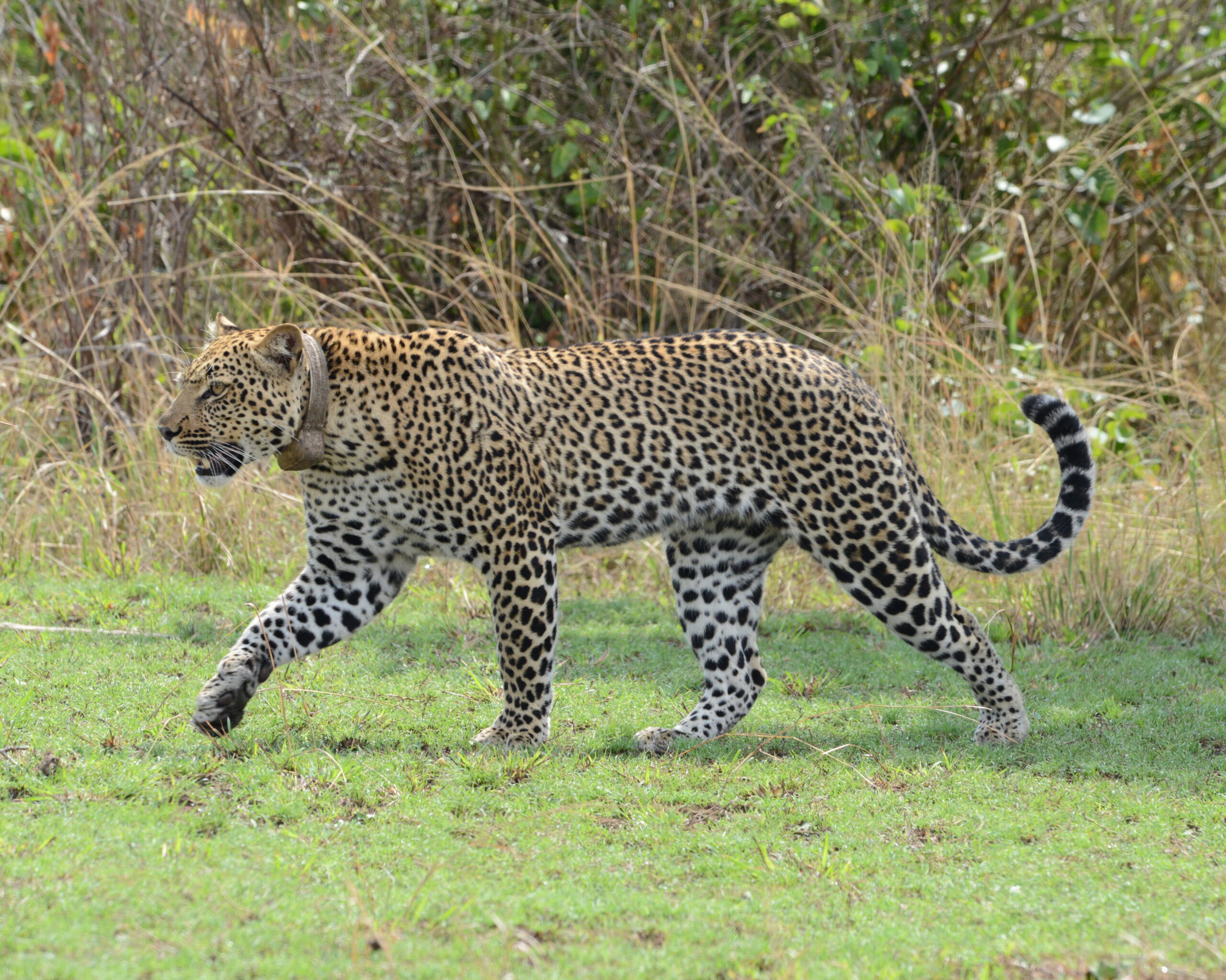
Diet and Hunting:
Leopards are opportunistic predators, capable of hunting a wide variety of prey, including small mammals, birds, and even larger animals such as antelope, deer, and wildebeests. They are known for their ability to adapt their hunting techniques to the specific prey they are targeting. Leopards often stalk their prey from a concealed position before launching a swift and powerful attack, delivering a precise bite to the neck to incapacitate their target.
Reproduction and Cubs:
Female leopards give birth to (1 to 4) cubs after a gestation period of approximately 90 to 105 days. The cubs are born blind and helpless, and the mother keeps them hidden in dense vegetation or rocky crevices for the first few weeks of their lives. She will fiercely protect her cubs from potential threats and will move them to new den sites to avoid detection by predators.
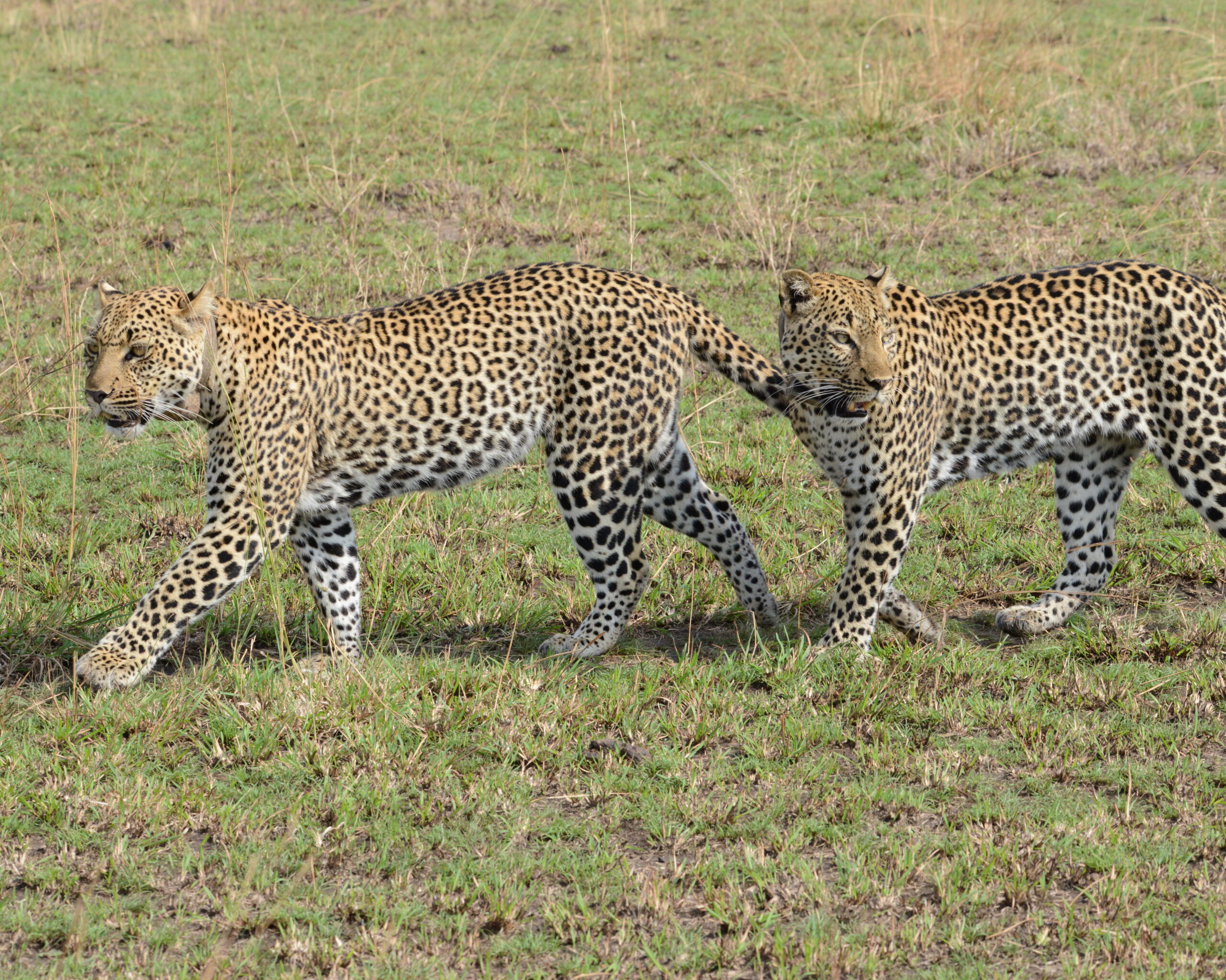
Conservation Status:
Leopards face numerous threats in the wild, primarily due to habitat loss, human-wildlife conflict, poaching, and illegal wildlife trade. The loss of their natural habitat and a decline in prey populations are major factors affecting leopard populations. Consequently, leopards are among the “Vulnerable” on the International Union for Conservation of Nature (IUCN) Red List of Threatened Species.
Significance in Human Culture:
Leopards have held a significant place in human culture throughout history. They feature prominently in myths, folklore, and religious beliefs in various regions. Their majestic appearance has made them symbols of power, agility, and beauty in many cultures. However, human-leopard conflicts have also led to negative perceptions and retaliatory killings.
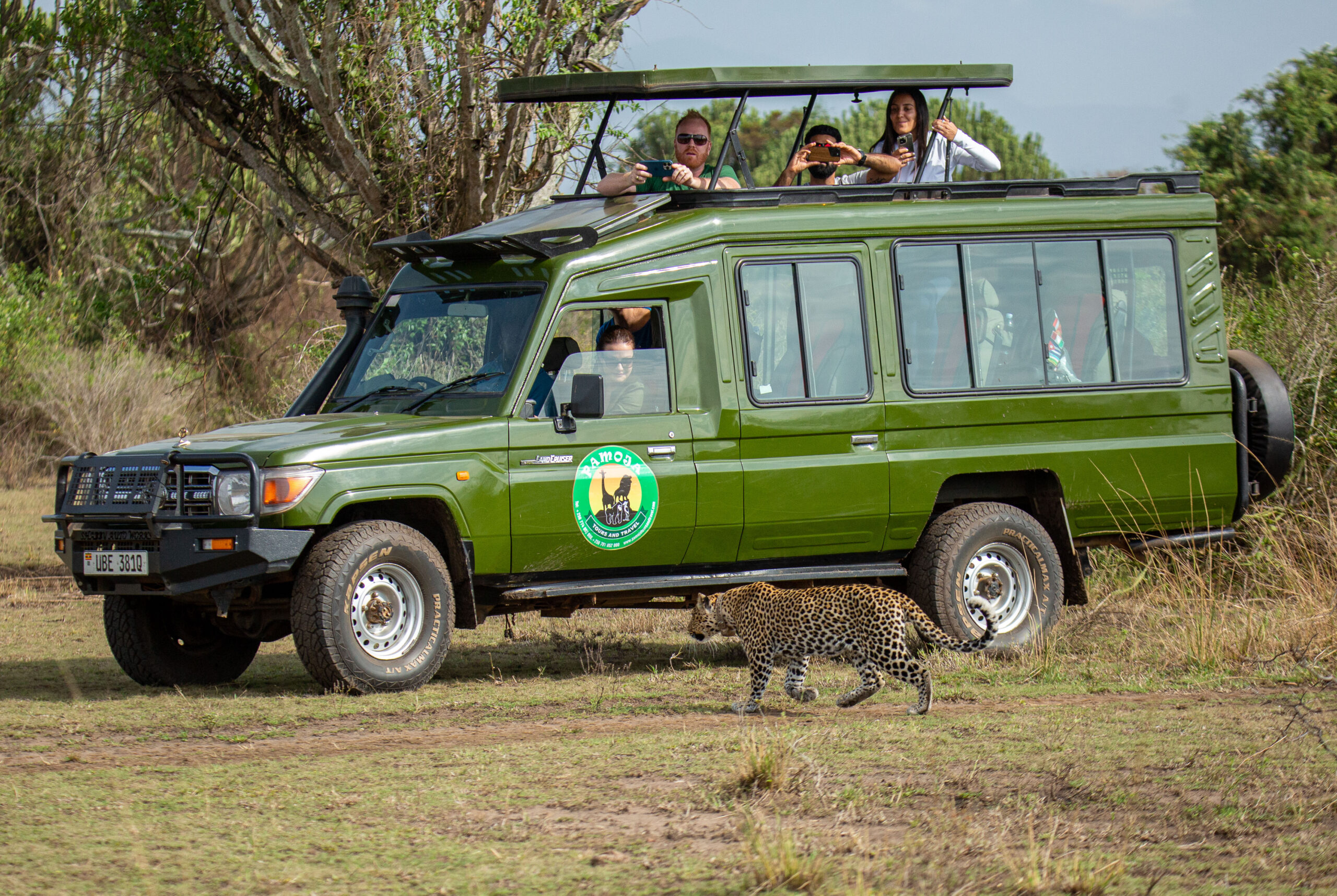
Conclusion:
Leopards are remarkable creatures that have thrived in diverse environments for millennia. Their strength, stealth, and adaptability make them one of the most successful predators in the animal kingdom. However, their future remains uncertain due to ongoing threats to their habitat and populations. Conservation efforts, along with raising awareness about the importance of protecting these majestic cats, are essential to ensure their survival for future generations.






